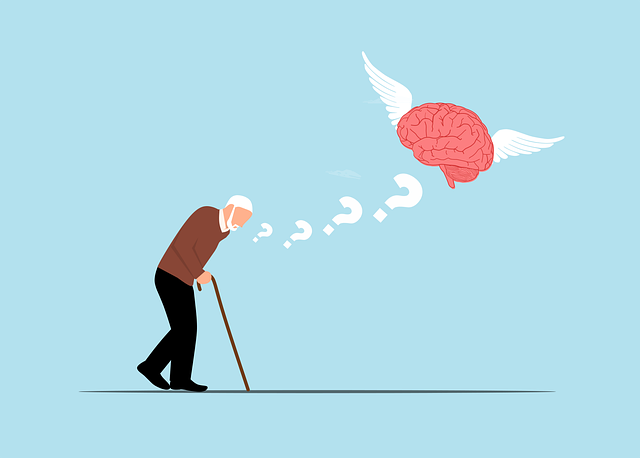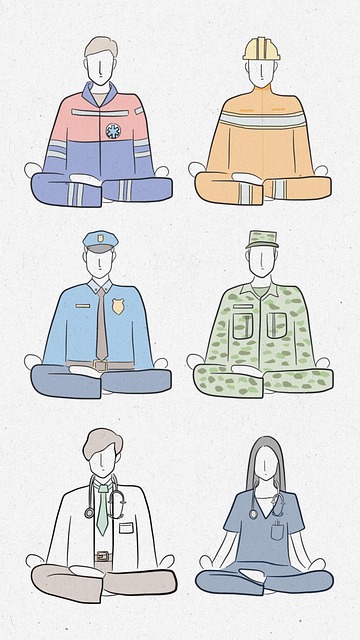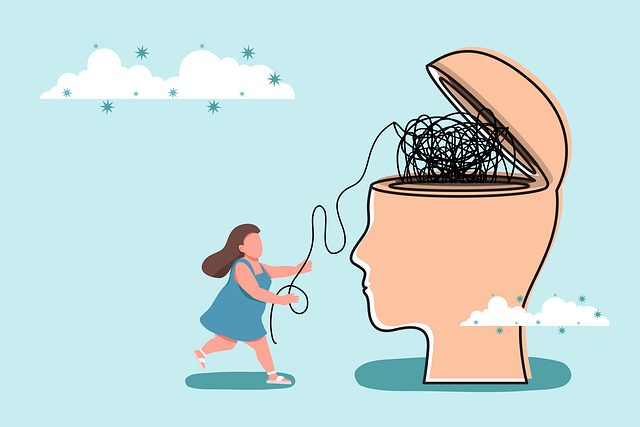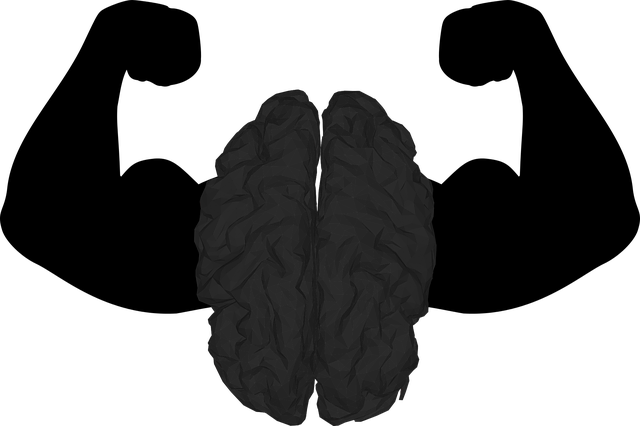Therapy for adolescent teens who have experienced sexual abuse involves a comprehensive risk assessment to identify triggers, vulnerabilities, and tailor support strategies. This includes harm minimization plans focusing on coping mechanisms, emotional regulation skills, and self-care practices. Effective strategies involve evidence-based therapies like CBT, EMDR, and mindfulness training, addressing immediate and long-term needs. Collaboration between mental health professionals, caregivers, and educational institutions is vital for fostering resilience and overall well-being while prioritizing safety. Regular monitoring through feedback ensures adjustments to therapy approaches, enhancing the healing journey for sexual abuse survivors.
Risk assessment and harm minimization planning are crucial components in supporting therapy for adolescent teens who have experienced sexual abuse. This article guides you through essential steps, from understanding risk factors specific to survivors to identifying effective strategies within therapeutic contexts. We explore the creation of comprehensive plans tailored for adolescents, ensuring their safety while navigating challenging emotions. Additionally, we delve into monitoring and evaluating plan effectiveness, emphasizing a dynamic approach to support these vulnerable individuals.
- Understanding Risk Assessment for Sexual Abuse Survivors
- Identifying Harm Minimization Strategies in Therapy
- Creating a Comprehensive Plan for Adolescent Teens
- Implementing and Monitoring the Effectiveness of the Plan
Understanding Risk Assessment for Sexual Abuse Survivors

For Sexual Abuse Survivors, risk assessment is a crucial step in harm minimization planning. It involves identifying and understanding potential triggers, vulnerabilities, and risks specific to each individual’s experience. This process is vital in creating tailored strategies for safety and support, especially for adolescent teens who have experienced sexual abuse. Through therapy, survivors can learn to recognize these triggers and develop effective coping mechanisms, enhancing their emotional regulation skills.
In the context of therapy for adolescent teens who are sexual abuse survivors, risk assessment plays a pivotal role in public awareness campaigns development. By raising awareness about the signs and symptoms of trauma, as well as available support systems, communities can foster an environment where survivors feel understood and empowered to take charge of their healing journey. Moreover, self-care practices can be integrated into harm minimization plans, promoting resilience and overall well-being among affected teens.
Identifying Harm Minimization Strategies in Therapy

Identifying Harm Minimization Strategies in Therapy for Adolescent Teens Sexual Abuse Survivors requires a nuanced approach. Therapists play a crucial role in fostering resilience and promoting healing by integrating evidence-based practices tailored to this vulnerable population. One effective strategy is incorporating Conflict Resolution Techniques, which empower teens to navigate interpersonal challenges without resorting to harmful behaviors they may have experienced or witnessed during abuse.
Beyond individual therapy sessions, Trauma Support Services can facilitate group settings where adolescents learn coping mechanisms and build social support networks. These services not only enhance their Mental Wellness but also provide a safe space to share experiences, fostering understanding and camaraderie among peers who have endured similar traumas.
Creating a Comprehensive Plan for Adolescent Teens

Creating a comprehensive risk assessment and harm minimization plan for adolescent teens, especially those who are sexual abuse survivors, requires a nuanced approach that addresses both the immediate and long-term needs of this vulnerable population. Therapy for adolescent teen sexual abuse survivors should be tailored to foster positive thinking, manage anxiety relief, and support mood regulation.
A robust strategy involves collaboration between mental health professionals, caregivers, and educational institutions. By integrating evidence-based practices and therapeutic techniques, such as cognitive behavioral therapy (CBT), eye movement desensitization and reprocessing (EMDR), and mindfulness training, a supportive environment can be cultivated. This holistic approach aims to empower teens with coping mechanisms, build resilience, and promote overall well-being while ensuring their safety and minimizing potential harm.
Implementing and Monitoring the Effectiveness of the Plan

Implementing a harm minimization plan is a proactive step to support the healing process for Sexual Abuse Survivors, particularly Adolescent Teens. This involves creating a structured environment that addresses potential risks and triggers associated with their past traumas. One effective strategy is integrating specialized therapy sessions tailored for this demographic, focusing on trauma-informed care. Such therapies can include cognitive-behavioral techniques to manage anxiety relief and promote mental wellness.
Regular monitoring of the plan’s effectiveness is crucial. This includes gathering feedback from survivors, healthcare professionals, and caregivers through ongoing evaluations. The data collected should inform adjustments in therapy approaches, such as incorporating Social Skills Training, which can enhance resilience and coping mechanisms. By adapting the plan based on these insights, support systems ensure a more personalized and successful journey towards recovery and overall mental wellness.
Risk assessment and harm minimization planning are essential components of supporting therapy for adolescent teens who have experienced sexual abuse. By understanding the unique risks faced by these survivors, therapists can identify effective strategies to enhance their safety and well-being. Creating a comprehensive plan tailored to each individual’s needs ensures a proactive approach, empowering adolescents to navigate their healing journey with resilience. Through continuous implementation and monitoring, therapists can adapt strategies, ensuring optimal support for sexual abuse survivors as they move towards recovery.














